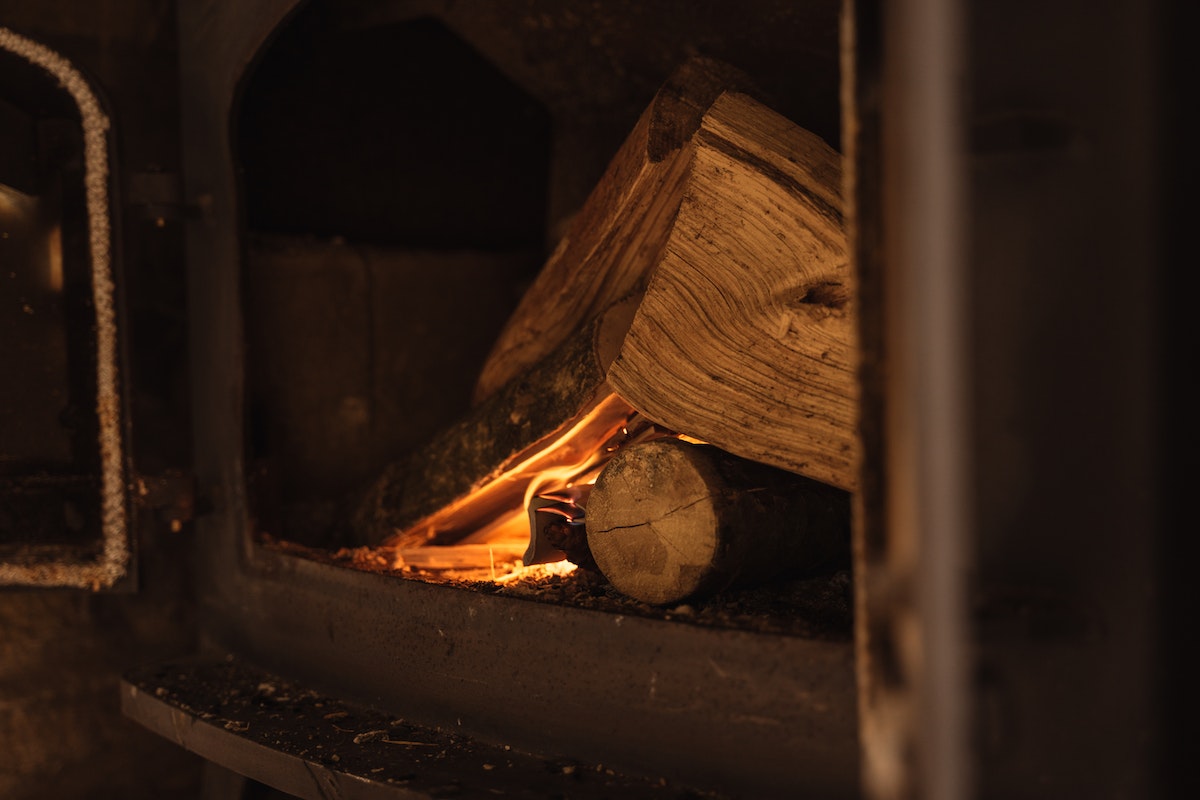Fire has been an essential element for human civilization throughout history. Understanding the temperature of a wood fire, especially in the context of a wood burning stove, is crucial for various applications, from cooking and heating to industrial processes.
In this article, we will explore the factors that influence wood burning temperature and delve into the importance of understanding and managing the temperature of a wood fire, particularly when using a wood stove.
What is Wood Burning Temperature?
Wood burning temperature represents the heat generated when wood undergoes combustion through chemical reactions with oxygen in the presence of heat. It is a critical factor influenced by various elements, such as the type of wood used and the efficiency of the wood burning process.
The temperature at which wood ignites and continues to burn can vary based on factors like wood species, density, and moisture content.
Different wood types have distinct chemical compositions, densities, and moisture levels, which impact their ignition temperatures and burning characteristics. Hardwoods, including oak and maple, generally have higher densities and ignition temperatures compared to softer woods like pine or cedar.
Furthermore, the efficiency of the wood burning process plays a significant role in determining the temperature achieved during combustion.
Factors like airflow, oxygen supply, and the design of the burning apparatus, such as a wood stove, influence the maximum temperature reached. Optimizing the wood temperature allows for maximizing the energy output and heat production potential of wood. It also enables control over the emission of byproducts like carbon dioxide, carbon monoxide, and particulate matter, which can have environmental and health implications.
Effective management of wood burning temperature involves considering the specific wood type, ensuring an efficient burning process, and aligning with the desired outcomes, facilitating the utilization of wood as a renewable energy resource.
The Importance of Understanding Wood Burning Temperature
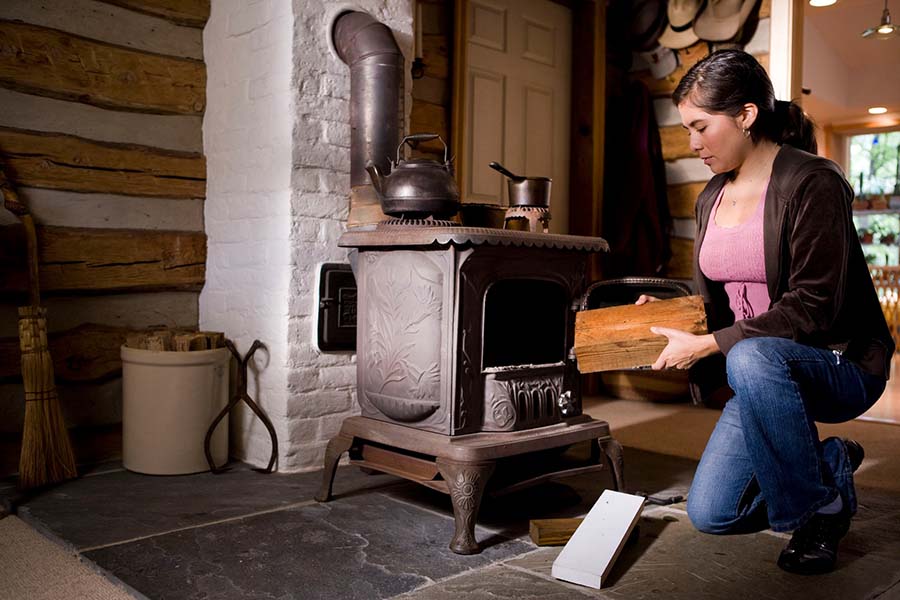
To fully grasp the importance of wood burning temperature, we can unlock various benefits. Firstly, it empowers us to optimize the efficiency of wood-burning processes.
By actively controlling and maintaining the appropriate combustion temperature throughout, we can ensure complete combustion, minimize the emissions of carbon dioxide, and maximize the heat output.
Moreover, different applications, such as cooking or industrial processes, often necessitate specific temperature ranges.
Having knowledge of the temperature at which wood ignites and the maximum temperature achievable in a wood fire allows us to harness wood as a dependable enough heat source while exercising precise control.
By actively managing wood fire temperatures, we can harness the full energy potential of wood while effectively mitigating its environmental impact.
Wood Burning Temperature Threshold of Different Types of Wood
The temperature at which wood burns can vary depending on the type of wood being used in a wood stove.
Hardwoods like oak or maple typically have higher density and burn at higher temperatures compared to softer woods like pine or cedar.
When selecting wood for a wood stove, consider the specific characteristics of different wood types, as they can impact both the burning temperature and the overall efficiency of the stove.
Factors Affecting the Temperature of a Wood Fire
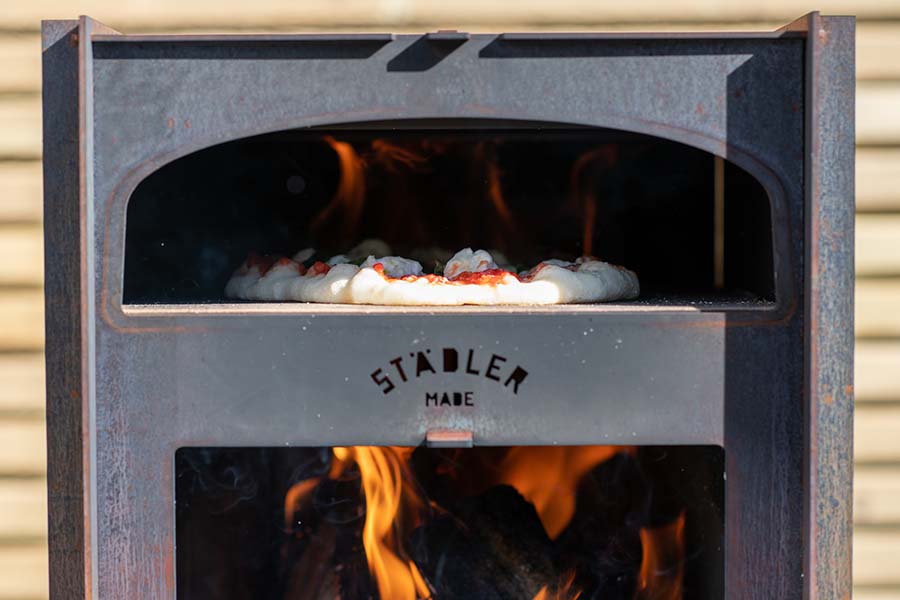
Several factors influence the temperature of a wood fire, including those related to wood stoves. The design and efficiency of the wood burning stove itself play a crucial role in maintaining the desired temperature.
A well-designed wood burning stove ensures proper airflow and controls the burning process, resulting in higher temperatures and increased efficiency.
Additionally, the wood itself plays a significant role in determining the burning temperature. Factors such as moisture content, wood density, and the size and arrangement of the wood pieces in the stove can affect how the wood burn and the resulting temperature.
Properly seasoned wood with low moisture content tends to burn more efficiently and at higher temperatures, enhancing the performance of the wood stove.
At What Temperature Does the Wood Ignite?
The ignition temperature of wood varies depending on the type of wood and its condition. Generally, wood ignites around 300 to 500 degrees Celsius (572 to 932 degrees Fahrenheit). However, it is important to note that different types of wood may have slightly lower temperature and different ignition points.
Measuring the Temperature of a Wood Fire
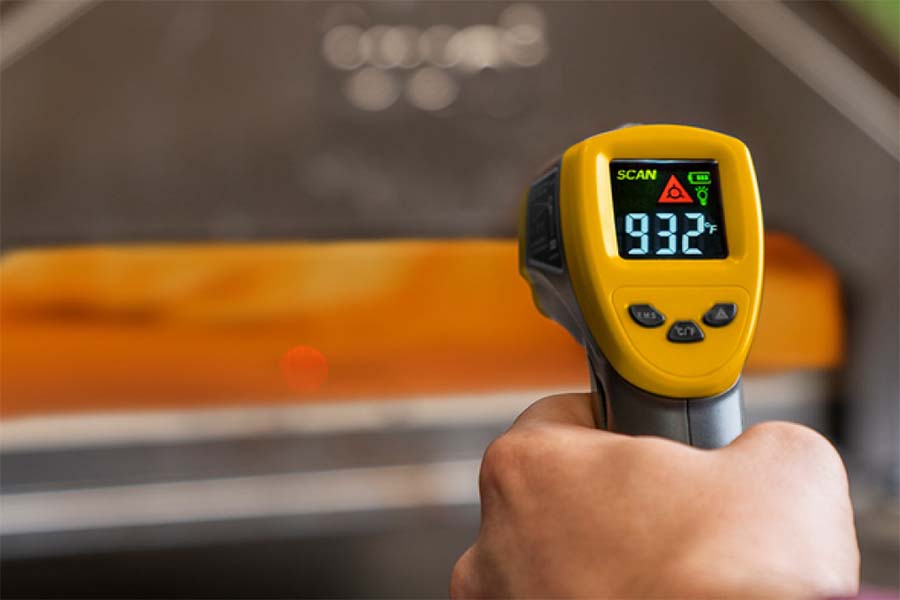
Accurately measuring the temperature of a wood fire is crucial for maintaining control and safety. Various tools like infrared thermometers and techniques are available for this purpose.
One common method is using a pyrometer, which uses infrared technology to measure the temperature without making direct contact with the fire.
Additionally smoke detectors, thermocouples and digital probes can be used to measure the temperature within the fire or in the vicinity. These devices provide real-time temperature readings and allow for precise monitoring and adjustment of the wood fire.
How Does Airflow Impact Wood Fire Temperature?
Airflow, both within the wood stove and around the burning wood, plays a crucial role in determining the temperature.
In a wood stove, adjustable vents and dampers allow users to control the amount of oxygen supplied to the fire. Increasing the airflow can raise the temperature by promoting efficient combustion, while reducing airflow can lower the temperature.
Finding the right balance of airflow in a wood stove is essential for achieving optimal temperature and efficient burning.
How Much Heat Does a Wood Fire Produce?
The heat produced by a wood fire can vary depending on multiple factors, including the type of wood, the combustion efficiency, and the size of the fire. On average, a well-burning wood fire can only produce heat of between 8,000 to 12,000 BTUs (British Thermal Units) per pound of wood.
How Hot Is a Wood Fire? What Is the Maximum Temperature of a Burning Wood?
The temperature of a wood fire can reach significant levels. While the exact temperature can vary, a typical wood fire can reach temperatures ranging from 800 to 1,100 degrees Celsius (1,472 to 2,012 degrees Fahrenheit).
The maximum temperature largely depends on the type and quality of the wood used, as well as the combustion conditions.
What Temperature Does Wood Burn at Different Stages of Combustion?
Wood goes through different stages of combustion, each with its own temperature range.
Initially, during the drying stage, the temperature remains relatively low as the moisture content evaporates.
Once the wood reaches the pyrolysis stage, around 200 to 280 degrees Celsius (392 to 536 degrees Fahrenheit), the release of volatile gases increases, resulting in higher temperatures.
Finally, in the char stage, the temperature can rise significantly, reaching the highest levels of the wood fire. The temperature in this stage can exceed 500 degrees Celsius (932 degrees Fahrenheit), leading to the complete combustion of the remaining charcoal.
The Best Temperature for Efficient Wood Burning
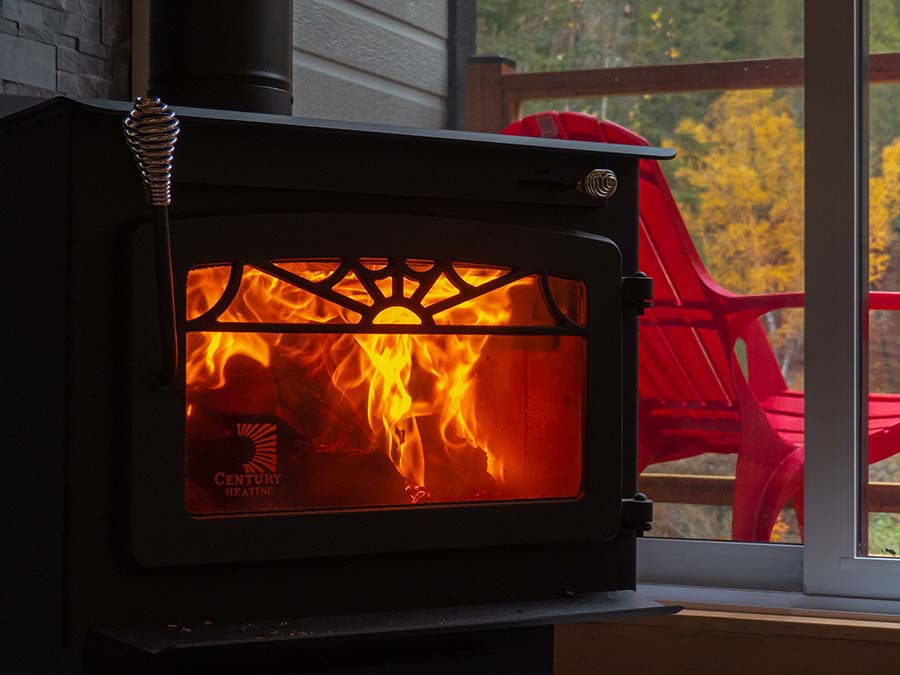
The optimal temperature for efficient wood burning depends on the application and specific requirements.
However, a range of 450 to 650 degrees Celsius (842 to 1,202 degrees Fahrenheit) is often considered ideal for achieving clean and efficient combustion.
This temperature range ensures the release of maximum heat while minimizing the production of harmful byproducts.
Tips for Achieving and Maintaining Optimal Wood Fire Temperature
To achieve and maintain optimal wood fire temperature, consider the following tips:
- Use dry, seasoned wood with low moisture content.
- Ensure proper airflow by adjusting dampers or vents.
- Avoid overloading the firebox to maintain proper combustion conditions.
- Regularly clean the fireplace or stove to prevent airflow restrictions.
- Monitor the temperature using appropriate tools and adjust as necessary.
The Relationship Between Wood Burns and Temperature
The temperature of a wood fire directly influences how the wood burns. Higher temperatures accelerate the combustion process, resulting in faster fire burning and increased heat output.
By managing the temperature effectively, you can optimize the burning process and extract maximum energy from the wood in a wood stove.
The Role of Moisture Content in Wood Fire Temperature
Moisture content significantly impacts the temperature of a wood fire. High moisture content in the wood requires additional energy to evaporate the water, which can lower the overall temperature of the fire.
It is important to use properly seasoned or kiln-dried wood with low moisture content to achieve higher and more consistent temperatures.
How Wood Density Affects the Temperature of a Wood Fire
Wood density directly affects the temperature of a wood fire. Denser wood, such as oak or maple, have higher energy content and burns at high temperatures than softer woods, like hornbeam wood, pine or cedar.
Properly seasoned, not wet, only dry wood, with high density can help achieve and maintain optimal wood fire temperatures in a wood stove.
Safety Tips when Dealing with High-Temperature Wood Fires
When dealing with high-temperature wood fires, safety is of utmost importance. Here are some essential safety considerations:
- Use appropriate safety equipment, such as heat-resistant gloves and goggles.
- Keep flammable materials away from the fire.
- Install fire-resistant barriers or shields to protect surrounding surfaces.
- Ensure proper ventilation to prevent the buildup of toxic gases.
- Follow manufacturer guidelines for operating wood-burning appliances.
- Make sure you have fire extinguisher in your home.
Conclusion
Understanding the temperature of a wood burn, particularly in the context of a wood stove, becomes crucial for achieving efficient and safe burning.
Effective management of the temperature allows us to maximize efficiently heat output, minimize harmful byproducts, and ensure the optimal performance of the wood stove.
Factors such as wood type, moisture content, wood density, and airflow all play significant roles in determining the temperature of a wood burn.
By following best practices and employing tips to maintain optimal wood fire temperature, we can enjoy the warmth and benefits of a well-controlled and efficient wood-burning experience.
Remember always to prioritize safety when dealing with high-temperature wood fires and ensure you have proper ventilation and maintain your wood stove regularly.

